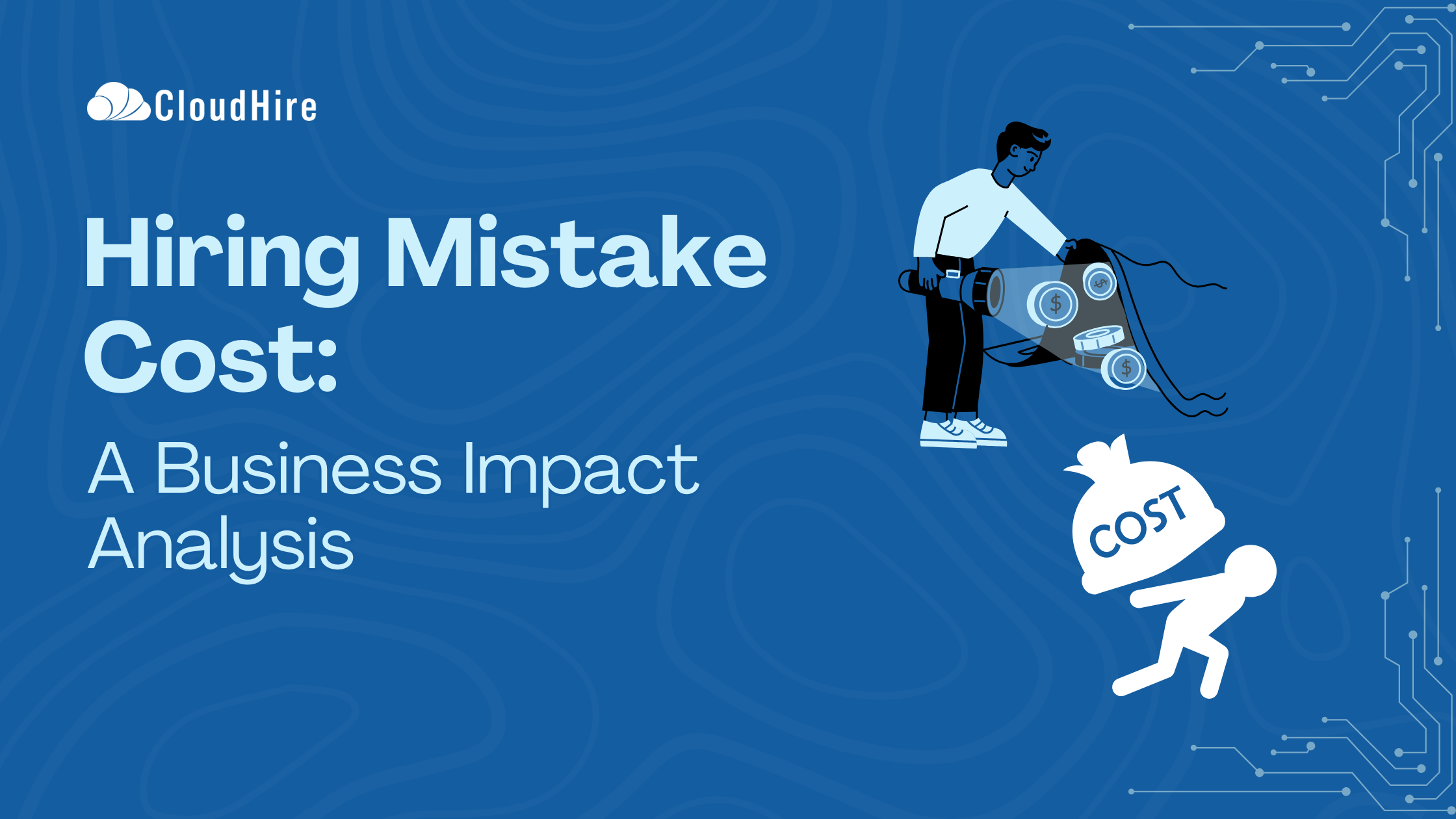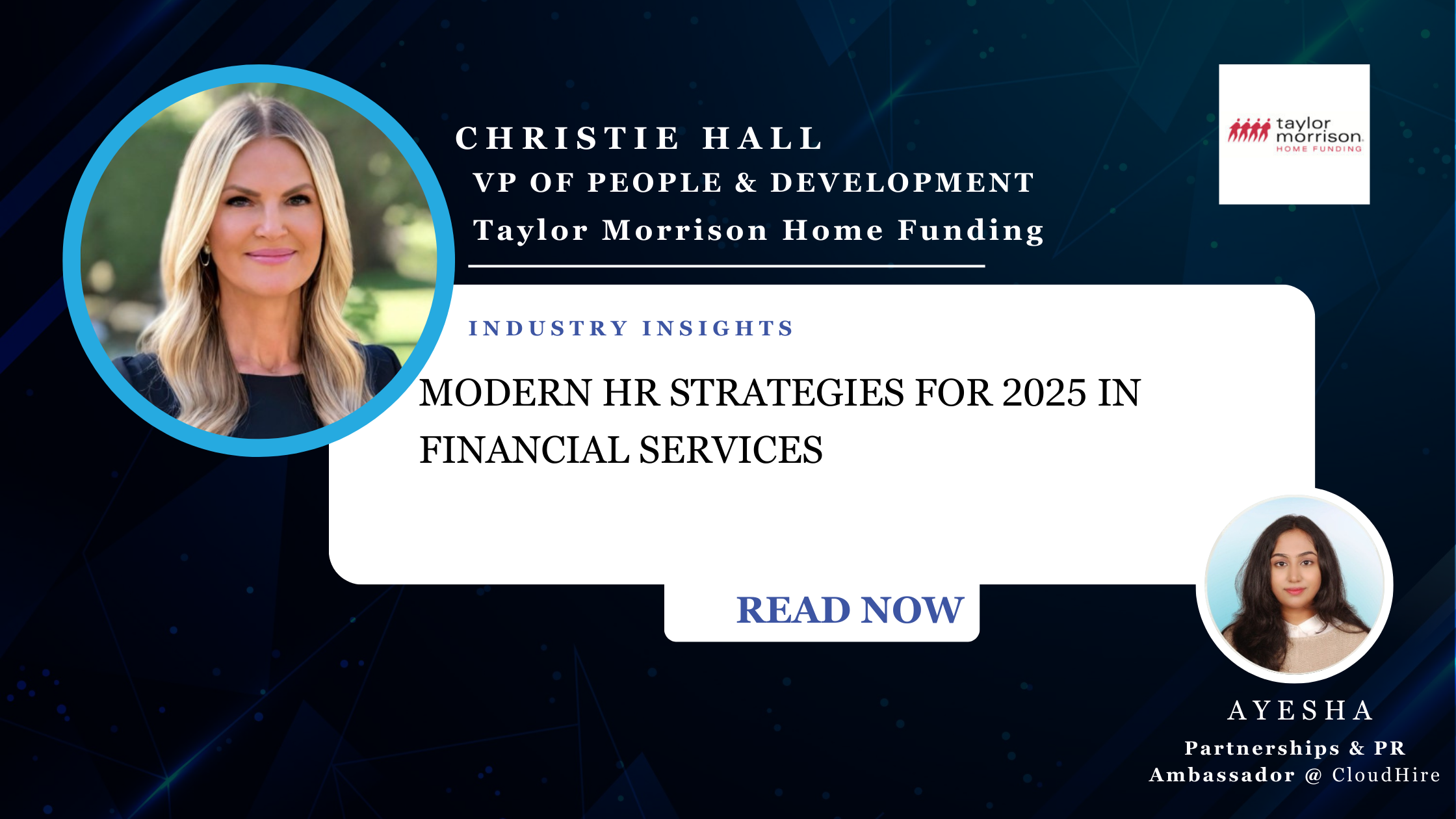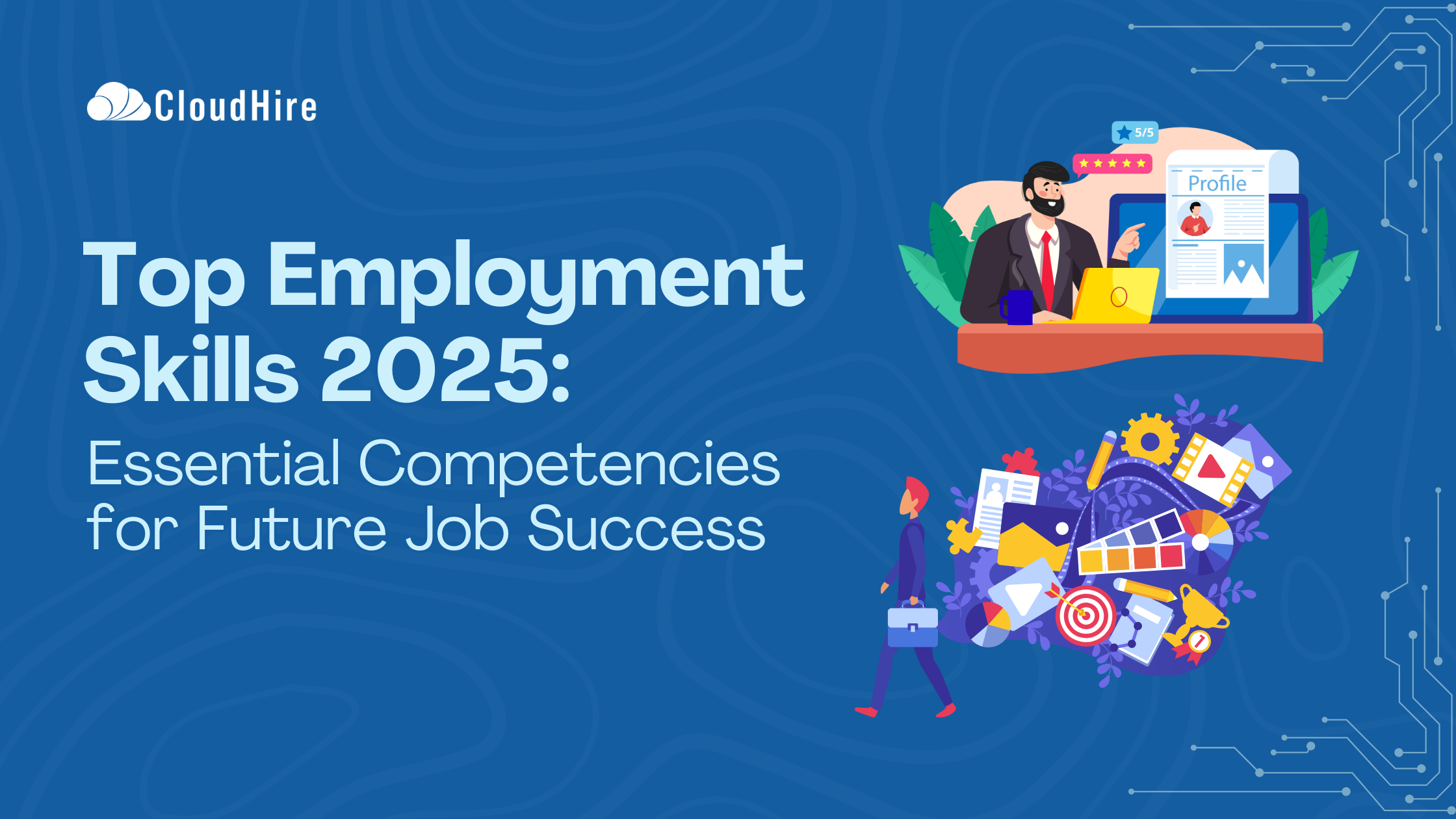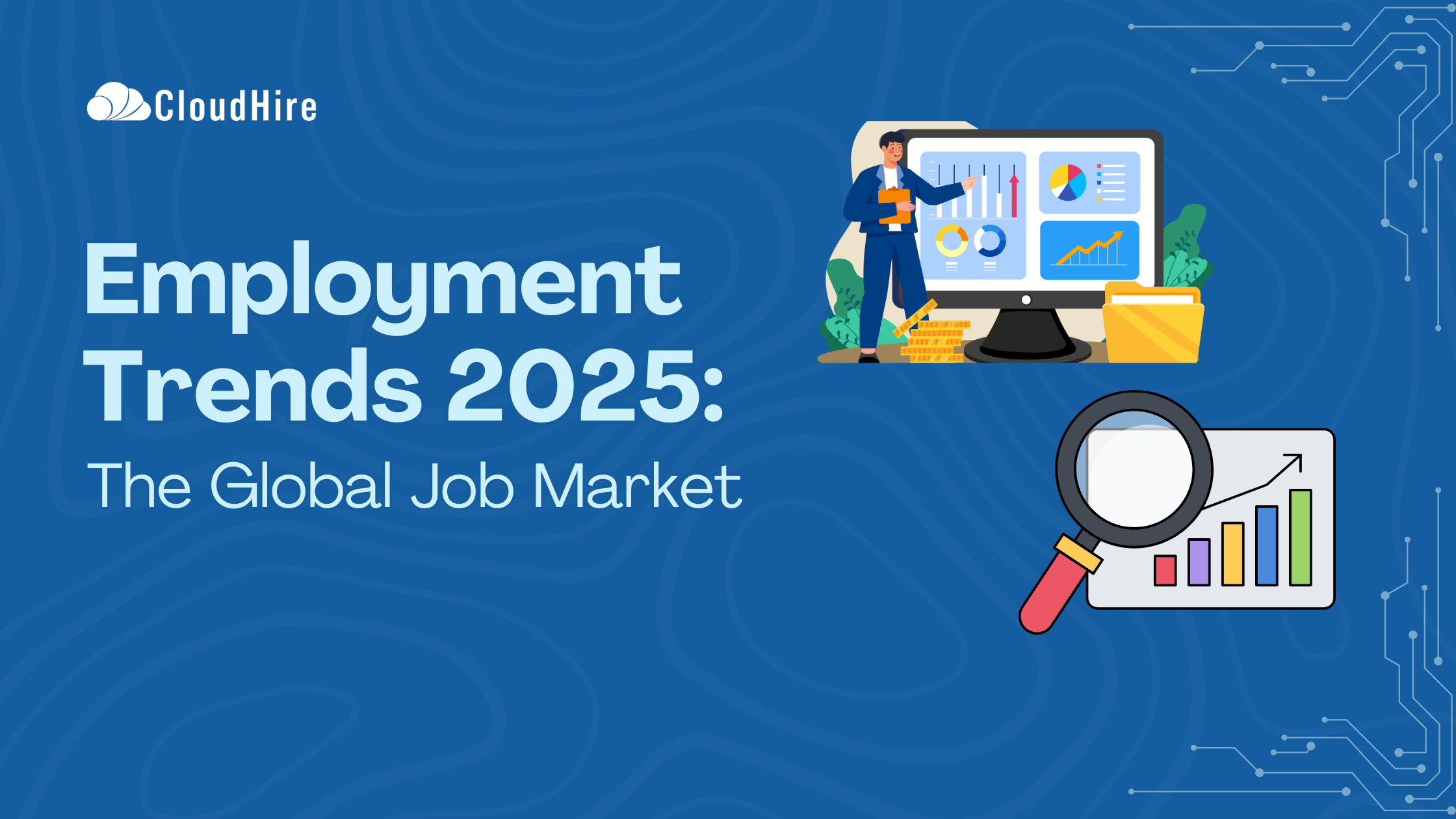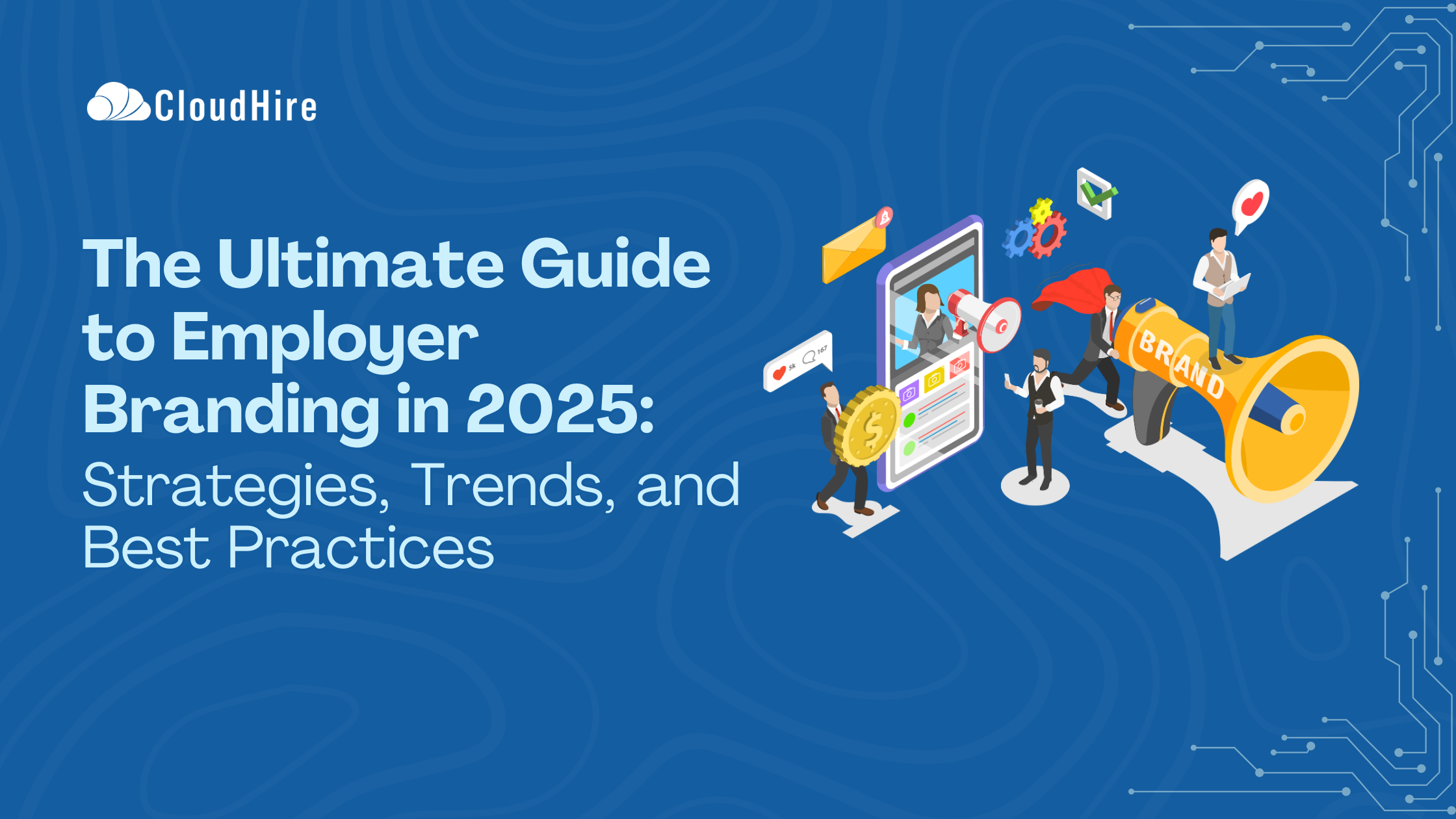Introduction
When Tesla CEO Elon Musk famously stated that “a company is its people,” he wasn’t just making a motivational statement. The hiring mistake cost extends far beyond salary and benefits, creating ripple effects that can impact an organization for years. According to the U.S. Department of Labor, the hiring mistake cost amounts to at least 30% of an employee’s first-year earnings.* In today’s competitive market, understanding these costs has become crucial for business survival and growth.
The Financial Abyss: Beyond Direct Costs
The immediate financial impact of a bad hire is substantial but often understated. According to recent data, the cost of recruiting, hiring, and onboarding a new employee can reach up to $240,000. * This significant hiring mistake cost merely scratches the surface, as the true financial impact runs much deeper, encompassing various hidden expenses that many organizations fail to track or quantify.
Consider the reality that 20% of employees leave within the first 45 days, with companies reporting an average loss of $14,900 per bad hire.* These figures become even more alarming when considering the comprehensive impact on an organization’s operations and culture.
The Productivity Paradox
Bad hires don’t just underperform – they actively drain productivity from their surroundings. A Harvard Business School study revealed that toxic employees can reduce the productivity of their colleagues by up to 30%. This productivity drain manifests in multiple ways, from increased supervision requirements to error correction and missed opportunities.
Take the example of a marketing firm where a poorly hired manager’s indecision delayed campaign launches for three major clients. The direct cost of the delays was measurable, but the long-term impact on client relationships and team morale created expenses that continued long after the manager’s departure.
The Cultural Contamination Effect
Perhaps the most insidious impact of a bad hire is their effect on company culture. According to Deloitte’s research, 94% of executives believe company culture is important to business success. When calculating the hiring mistake cost, organizations must consider how one wrong hire can deteriorate carefully built cultural foundations.
Gallup research shows that replacing an employee costs between 1.5 and 2 times their annual salary, making cultural preservation crucial for financial stability.
Client Relationship Impact
The ripple effect of a bad hire often extends beyond internal operations to damage client relationships. Research from PwC shows that 32% of customers will walk away from a brand they love after just one negative experience. This statistic becomes particularly alarming when considering client-facing roles, where a single poor hire can jeopardize relationships built over years.
A Fortune 500 company recently reported losing a $2.1 million annual contract due to a poorly performing account manager who consistently missed client deliverables and communication expectations. CloudHire’s analysis shows that client-facing bad hires typically impact 3-4 major accounts within their first six months of employment, potentially affecting up to 20% of a company’s revenue stream.
Calculating the True Cost: A Framework for Leaders
Understanding the full financial impact requires a comprehensive calculation framework. The U.S. Department of Labor estimates that the hiring mistake costs at least 30% of the employee’s first-year earnings. However, when accounting for hidden expenses, this figure often increases significantly.
The Modern Cost Calculation Framework includes:
Direct Financial Impact
According to SHRM, the cost of replacing an employee typically ranges from 6-9 months of their salary. For a mid-level manager earning $80,000 annually, this translates to:
- Recruitment and training: $40,000-$60,000
- Lost productivity: Estimated at 25% of annual salary
- Separation costs: Up to 33% of annual salary
Hidden Cost Multipliers
Research indicates that each direct cost dollar typically generates $3.25 in hidden costs through reduced productivity, missed opportunities, and team impact. This multiplier effect explains why seemingly minor hiring mistakes can have such significant financial consequences.
Prevention: The Strategic Approach
Preventing bad hires requires a systematic approach that combines human insight with technological innovation. With the Department of Labor confirming that the hiring mistake cost typically equals 30% of an employee’s first-year earnings, organizations must invest in prevention. According to SHRM’s research, companies implementing structured hiring processes see significantly lower turnover rates and better-quality hires.
Building a Robust Screening Process
Modern screening goes beyond traditional interviews and reference checks. With 20% of employees leaving within their first 45 days, organizations must implement a multi-layered evaluation process that includes:
Behavioral Assessment
Understanding a candidate’s working style and cultural fit has become crucial. With Deloitte reporting that 94% of executives consider culture critical to business success, behavioral assessment has become a cornerstone of effective hiring.
Skills Verification
Technical competency verification has evolved significantly. According to recent SHRM data, companies that implement comprehensive skills verification processes reduce their hiring mistake cost by up to 50% of the typical 6-9 months salary replacement expense.
Recovery and Mitigation Strategies
When prevention fails, swift action becomes crucial. Gallup’s research shows replacement costs of 1.5-2x annual salary make early intervention essential. The key lies in early identification and decisive action.
Early Warning Systems
Modern performance monitoring tools can identify potential hiring mistakes within the first 45 days, allowing for rapid intervention. This early detection can significantly reduce the hiring mistake cost and prevent the 32% customer loss rate reported by PwC for negative experiences.
The Path Forward: Implementation Guide
Creating a sustainable solution requires systematic implementation. With the average cost of recruiting, hiring, and onboarding reaching $240,000 per employee , organizations must take a structured approach to hiring processes.
Conclusion
The hiring mistake cost represents a significant threat to organizational success, but it’s not inevitable. Through proper understanding, calculation, and prevention strategies, companies can significantly reduce their exposure to these risks. With replacement costs ranging from 6-9 months of salary according to SHRM, the key lies in recognizing that hiring is not just an HR function but a critical business process that deserves executive-level attention and resources.
Take the first step toward protecting your organization from costly hiring mistakes. By implementing comprehensive hiring solutions and following best practices, companies can significantly reduce their hiring mistake cost while improving overall workforce quality.
Take the first step toward protecting your organization from the hidden costs of bad hires. Schedule a consultation with CloudHire‘s experts to assess your current hiring processes and identify improvement opportunities. Our data-driven approach has helped organizations reduce bad hires by up to 75% while improving overall hire quality.


